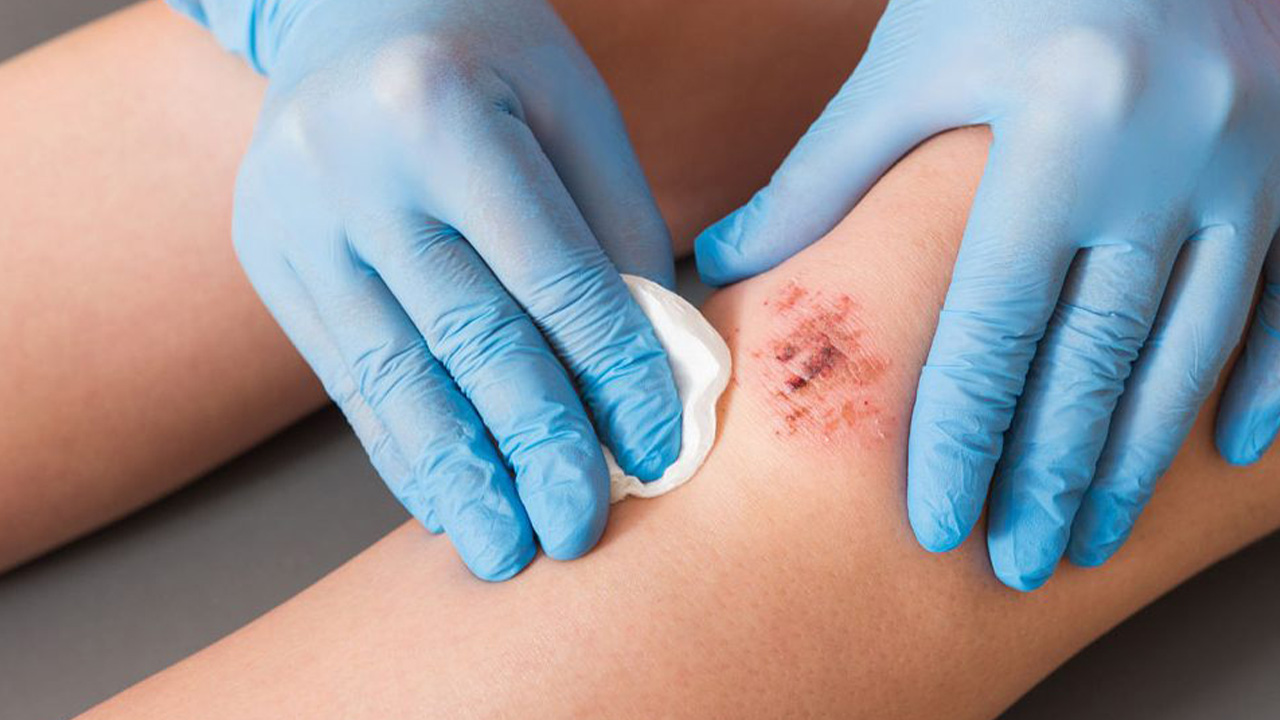Peripheral Artery Disease (PAD) is a common circulatory condition characterized by the narrowing or blockage of arteries, most commonly in the legs. The most common cause is plaque deposition over the arteries’ walls, known as atherosclerosis. Atherosclerosis, a condition where fatty deposits build up on the artery walls, is the primary cause of PAD. This condition reduces lower limb blood flow, resulting in other complications. One of the significant complications that arises is poor wound healing in the lower limbs. Here is an overview of how peripheral artery disease and wound healing are related.
How does PAD affect wound healing?
An adequate blood supply is required for a wound to heal quickly and efficiently. However, in PAD, the blood supply to the lower limbs is compromised, resulting in poor wound healing. Moreover, Inefficient wound healing in PAD patients can lead to the development of other complications.
Complications
Delayed healing: A patient with PAD may experience delayed healing due to the limited supply of blood in the lower limbs.
High risk of infection: Individuals with poor wound healing in the lower limbs are more prone to severe infections, as the wound remains open for microbes and other toxic particles to attack.
Tissue damage: Delayed or poor wound healing within the patients suffering from PAD can cause severe tissue damage or gangrene. Lower limb ulcers are the most common cause of tissue damage in such patients.
Chronic wounds: Prolonging and poor wound healing results in chronic wounds such as pressure ulcers. Pressure ulcers are caused by constant friction and slippage of the heels in patients with a history of peripheral artery disease.
Why early detection of PAD matter?
Understanding the severity and potential complications of PAD is crucial. Early detection, facilitated by methods like ABI, can empower you to take control of your health. By identifying PAD early, you can significantly reduce the risk of chronic wounds and potential amputation.
Managing poor wound healing in PAD
Lifestyle changes
Adopting a heart-healthy diet and an active lifestyle can be a beacon of hope for those managing PAD. These changes not only reduce the risk of PAD and its complications but also contribute to restoring blood flow to the lower limbs, offering a path to improved health and well-being.
Medications
Medication such as anticoagulants can help achieve timely wound healing.
Wound care
Proper wound care, including cleaning, dressing, and topical treatment, is a key responsibility for those managing PAD. By diligently following these practices, you can significantly reduce the risk of chronic wounds, demonstrating your commitment to your health and well-being.
Restoring blood flow rate
Various interventions, such as angioplasty and bypass surgery, can restore blood flow in the lower limbs, resulting in efficient wound healing and PAD management.
Hyperbaric oxygen therapy
In hyperbaric oxygen therapy – HBOT, a person inhales pure oxygen in a pressured environment. This increased pressure allows the lungs to gather more oxygen than would be possible by breathing pure oxygen at normal air pressure. The blood carries this oxygen throughout the body, delivering faster oxygen to the effective tissues for appropriate healing.
PAD and wound healing are related through several mechanisms. Understanding the connection is essential to get to know your conditions better. For a person having a history of PAD, it is necessary to have follow-up to reduce the risk of developing related complications.




